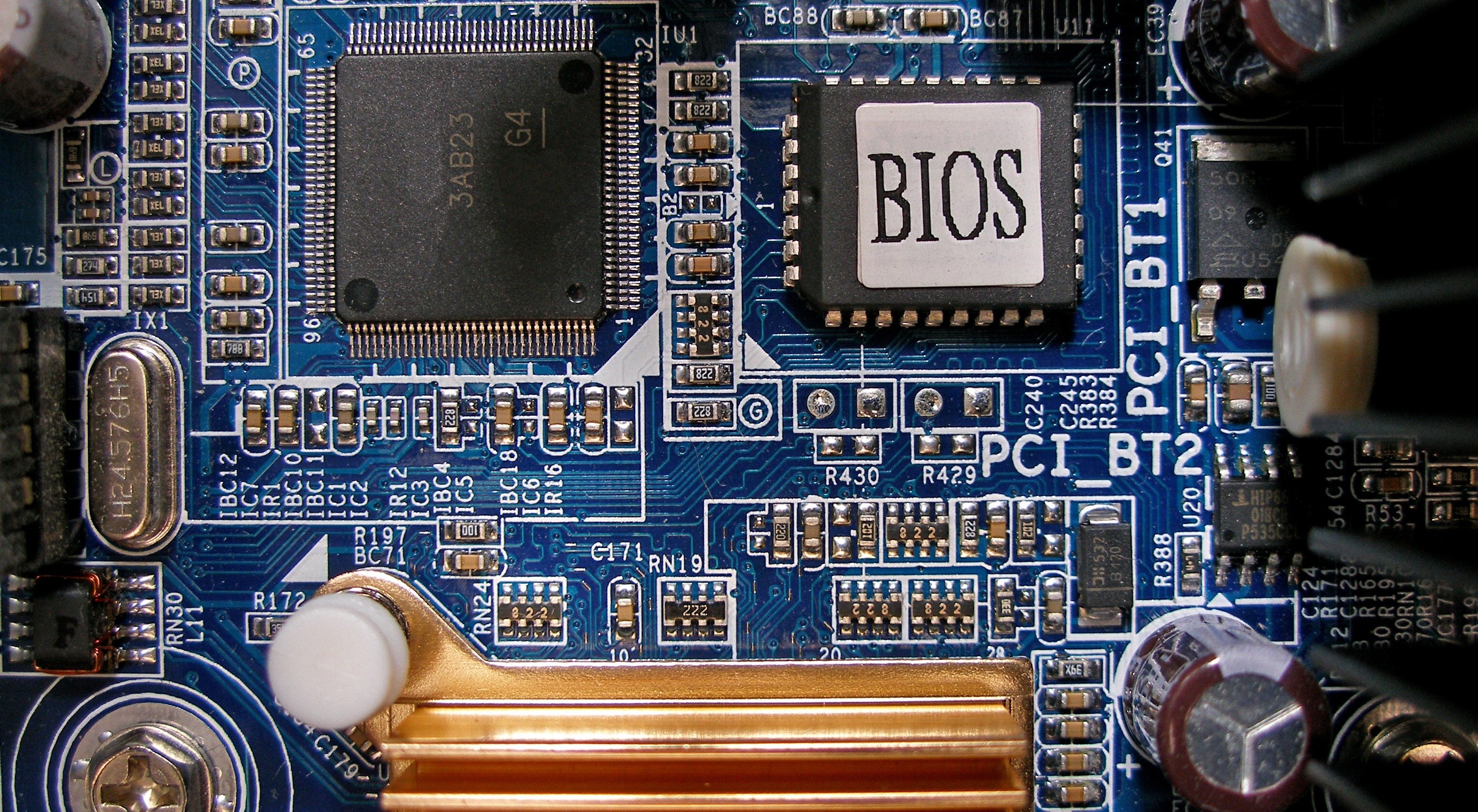What is a BIOS ID?
You can identify your motherboard by the BIOS ID displayed on most startup computers. The BIOS ID syntax differs between the different BIOS vendors: AMI, Award, and Phoenix; on this page, we give you a summary of the other syntaxes used.
Where can you find the BIOS version ID?
I am finding the BIOS version on Windows computers using the BIOS menu. Restart the computer. Enter the BIOS menu. While the computer is restarting, press F2, F10, F12, or Del to enter the computer’sBIOS menu. Search for BIOS revision, BIOS version, or firmware version in the BIOS menu. Locate the BIOS version.
How do you get BIOS info?
Using System Information Tool First, press “Win + R”, type msinfo32, and press Enter to open the System Information window. When you scroll down, you will find the BIOS version number next to “BIOS version/date,” along with other useful information such as manufacturer and SMBIOS version information.
How do you write BIOS code?
BIOS can be written in any of your favorite languages, although lower-level languages give you more control. Assembly and machine code are almost the same; the difference is the microcode interface and what you type; e.g., for machine code, you type only two characters, and assembly gives you alphanumeric characters.
Is it safe to update BIOS?
In general, you don’t need to update your BIOS that often. Installing (or “flashing”) a new BIOS is more dangerous than updating a simple Windows program, and if something goes wrong, you could freeze your computer.
Which BIOS do I have?
Check your BIOS version through the system information panel. You can also find your BIOS version number in the System Information window. On Windows 7, 8, or 10, press Windows + R, type “msinfo32” in the Run box, then press Enter. The BIOS version number is displayed in the System Summary panel.
How do I know if I have UEFI or BIOS?
To check if your computer uses UEFI or BIOS, Press the Windows + R keys simultaneously to open the Run box. Type MSInfo32 and press Enter. In the right pane, find “BIOS Mode”. If your PC is using BIOS, Legacy will be displayed. If it uses UEFI, UEFI will be displayed.
Do you need a USB to update the BIOS?
To update your BIOS via DOS, you will need a bootable USB. Take the updated BIOS version and BIOS update utility that you downloaded from the manufacturer’s website and copy them to the newly bootable USB stick. Leave the USB stick connected to the computer. Then reboot the system.
How do I install BIOS?
Update your BIOS or UEFI (optional). Download the updated UEFI file from the Gigabyte website (on another working computer, of course). Transfer the file to a USB drive. Connect the drive to the new computer, launch UEFI, and press F8. Restart. Follow the on-screen instructions to install the latest version of UEFI.R
How do I check the time and date of my BIOS?
First, launch Task Manager from the Start menu or the keyboard shortcut Ctrl+Shift+Esc to see it. Then click on the “Startup” tab. You will see your “last BIOS time” in the top right corner of the interface. The time is shown in seconds and varies by system.

What is good BIOS time?
The latest BIOS time should be a pretty low number. On a modern PC, something like three seconds is often normal, and anything under ten seconds is probably not a problem. For example, you can prevent your PC from displaying a logo on startup, although that may be only 0.1 or 0.2 seconds shorter.
How many types of BIOS are there?
There are two different types of BIOS: UEFI (Unified Extensible Firmware Interface) BIOS – Every modern PC has a UEFI BIOS. UEFI can handle drives of 2.2 TB or larger because it has omitted the Master Boot Record (MBR) method in favor of the more modern GUID Partition Table (GPT) technique.
How do you reprogram BIOS?
Reprogramming a BIOS chip (5 steps) Restart your computer. Press the key indicated during the boot messages to enter the BIOS. Navigate through the BIOS menu screens using the arrow keys. Highlight the setting to be reprogrammed with the arrow keys and press “Enter”.
Can you make your BIOS?
A BIOS can be written in assembly, but it doesn’t have to be; some parts have to be to get the parameters for the system call, as they don’t match the call convention of the compilers.
Who invented BIOS?
The American computer scientist Gary Kildall coined the term BIOS in 1975. The so-called CP/M (Control Program/Monitor) operating system appeared.
What happens if you don’t update the BIOS?
Why you probably shouldn’t update your BIOS If your computer is working properly, you probably shouldn’t update your BIOS. You probably won’t see the difference between the new BIOS version and the old one. If your computer loses power while flashing the BIOS, your computer may be “bricked” and unable to boot.
What can go wrong when updating BIOS?
Ten common mistakes to avoid when flashing your BIOS Disclaimer: Flashing the BIOS incorrectly can lead to an unusable system. Misidentification of the make/model/revision number of your motherboard. Failure to investigate or understand the details of the BIOS update. Flash your BIOS for a fix that isn’t needed.
What are the benefits of updating the BIOS?
Some reasons for updating the BIOS are Hardware updates: Newer BIOS updates allow the motherboard to correctly identify new hardware such as processors, RAM, etc. If you’ve upgraded your processor and the BIOS doesn’t recognize it, a BIOS flash may be the answer.
